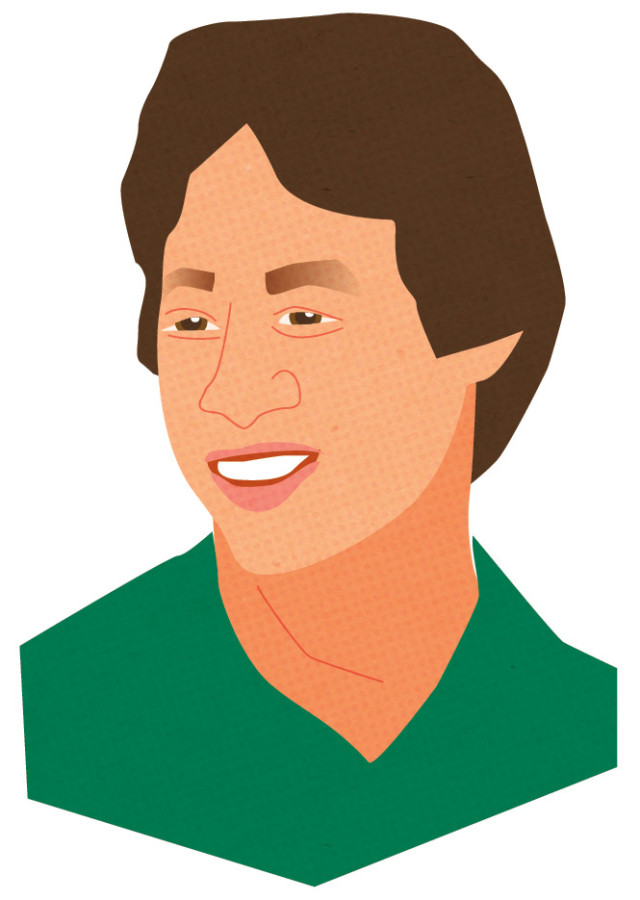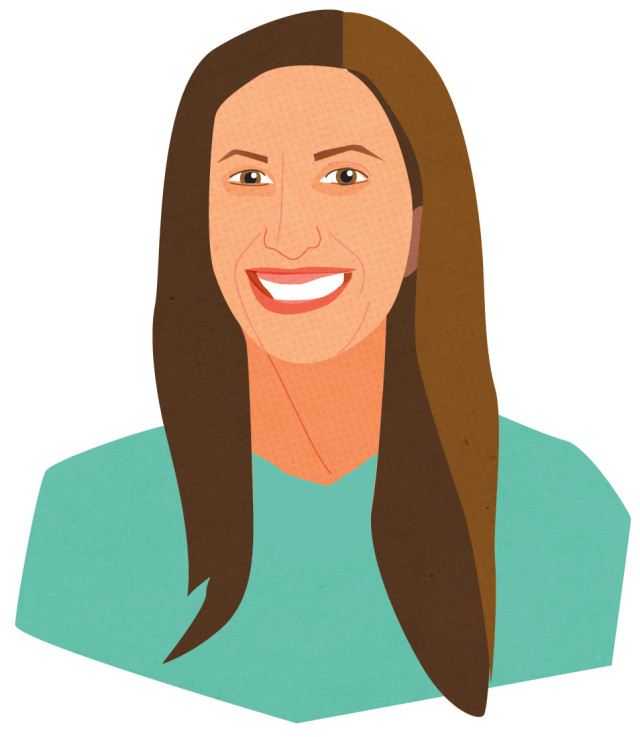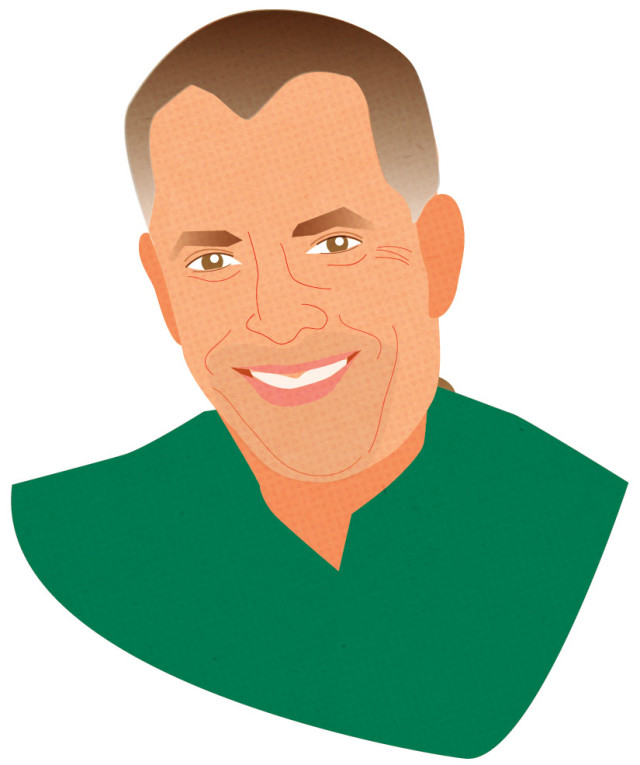Three Locals Transforming Medicine and Research in Portland

Image: Amy Martin
DESIGN
ERIC PARK
A Ziba Design creative director on why we’re on the cusp of radical change in health care
What do you, as a designer, see happening in health? It’s a very fruitful time for new ideas. The Affordable Care Act is a signal, as much as anything, that the status quo is not sustainable. And that’s certainly motivating to clients—companies are saying how do we evolve, how can we continue our core mission? There’s also a broader cultural transformation of what “health” means. It used to mean treating something gone wrong. Then it meant managing chronic conditions. Now people want help improving quality of life across the board—it’s a landscape of behavior change and learning. You’ve seen the rise of yoga, life coaching, all kinds of diet and exercise services.
Are consumers more demanding? Expectations have changed completely. Consumers are asking, hey, why can’t there be an OpenTable for doctors’ appointments? Meanwhile, “health” has become the frame for everything. When Walgreens and CVS rebrand themselves around wellness—as opposed to convenience—you know something is going on.
How does all this change your job? Health-related design used to be all about product—new devices, new gadgets, essentially. Now we need to think about service design, about creating seamless and useful experiences. How do you translate all that available data into a form that lets a person see what they need to do?

Image: Amy Martin
NUTRITION
JULIE BRILEY
Cofounder of the National College of Natural Medicine’s new Food as Medicine Institute
What’s the idea behind the institute’s Food as Medicine Everyday (FAME) classes? It’s about creating a healthy relationship with food and eating well. What’s a fat and a carb? How do you read food labels? What’s the deal with sugar and artificial sweeteners?
Besides classes for the general public, you teach at the Coffee Creek women’s prison. What’s that like? They’re thrilled to have exposure to vegetables. One woman said, “I saw a picture of kale in a magazine, but I’ve never seen it in real life till now.” It’s high stakes for them: some have gained weight in prison, and many don’t remember how to shop or cook. We discovered many of them can make some changes while they’re incarcerated. They can cut their sugar intake. We also review the canteen menu to show them how to choose better options. Now they’ll buy the brown rice instead of the white rice.
In a totally different social reality, you also teach at OMSI. How does that class compare? It’s me and a chef. We’ll have a topic—in the past it’s been “Food for Fitness” or “Winter Wellness”—and the chef will demo each course while I talk about the nutritional benefits. We’ve had Gregory Gourdet from Departure and Tressa Yellig from Salt, Fire, and Time.

Image: Amy Martin
HIV
LOUIS PICKER
An OHSU immunologist on his AIDS vaccine project, awarded $25 million by the Gates Foundation
Why is your vaccine exciting?It not only stringently controls infection with SIV—the monkey equivalent of HIV—but actually gets rid of the virus, which was not thought possible. We have around 65 monkeys either cured or on their way. This is the best that’s ever been done with the vaccine, and it raises the question of whether we can develop this as an HIV cure.
What’s different about your approach? We put SIV genes into another virus called CMV. That’s a class of virus in the herpes family that’s fairly benign but elicits an enormous immune response. In people infected with CMV, about 10 percent of their cellular immune system is focused on it. This is at least tenfold—if not 100-fold—higher than most responses. So the monkeys got a CMV-like immune response. Their immune cells go to all the possible places the pathogen can spread.
What’s at stake? There are 35 million people living with HIV. It’s still a terminal illness if you’re poor.
What next?We have proof of concept—this idea warrants spending the money to test in humans, and the Gates Foundation agrees with us. I’d say that within 15 years, we’ll have both preventive and cure vaccines.




